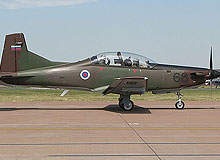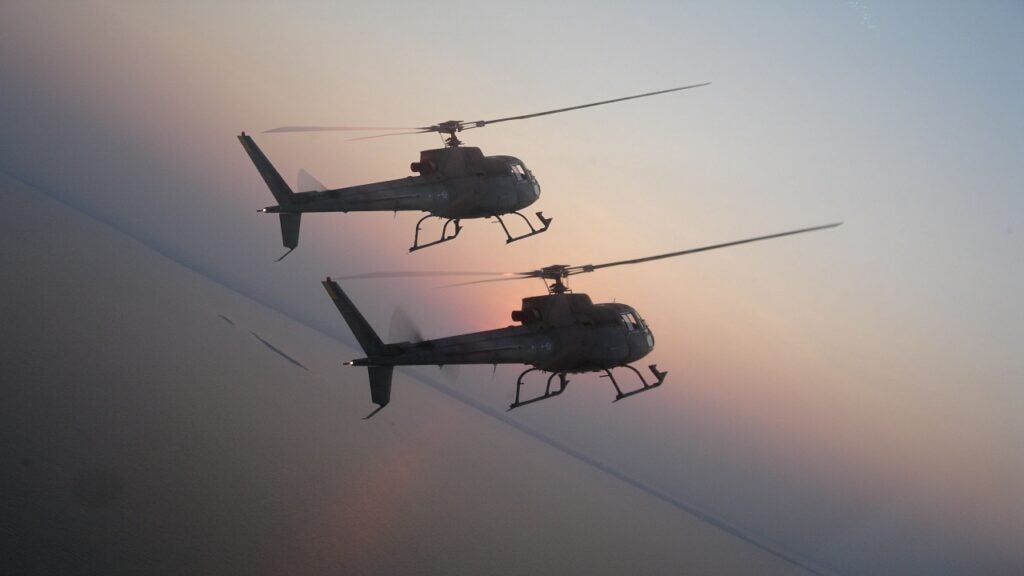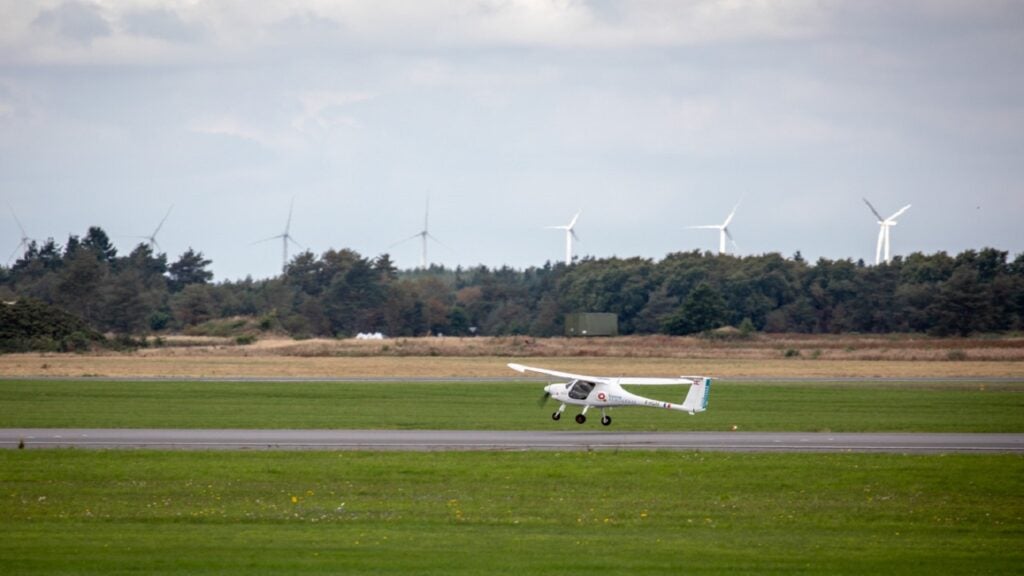
The Pilatus PC-9M is a single engine, advanced military training aircraft designed and built by Pilatus Aircraft Limited, Switzerland. The aircraft is manufactured principally to meet the requirements of the Swiss Air Force (SAF), the Royal Australian Air Force (RAAF), the Royal Saudi Air Force (RSAF) and the Royal Thai Air Force (RTAF). The aircraft was derived from its predecessor Pilatus PC-7 turbo trainer aircraft.
Pilatus PC-9M orders and deliveries
In 1997, Croatia signed a contract with the RAAF for supplying three second-hand PC-9M aircraft. Slovenia ordered nine aircraft in December 1997. Oman procured 12 aircraft in January 1999. Ireland ordered eight aircraft in January 2003. Bulgaria acquired 12 aircraft in 2004. Mexico was the last customer to receive two aircraft in September 2006.
Pilatus PC-9M variants
The PC-9 has four variants, namely PC-9/A, PC-9B, PC-9M and Beech Pilatus PC-9Mk2.
The PC-9/A is an Australian version developed under a Hawker de Havilland licence. The variant is a two-seat trainer built for the RAAF.
The PC-9B is a target towing version of Germany. The two-seat towing aircraft has increased fuel capacity and can fly up to 3 hours 20 minutes.
The PC-9M is an advanced version of PC-9. The variant boasts wide dorsal fins to enhance longitudinal stability, stall strips, a new engine and propeller controls. The PC-9 Mk2 is an improved version of PC-9M. The improved variant is developed by Pilatus and Beechcraft for the US. It was re-named as T-6A Texan II.
Development
The development of PC-9 began in 1982 to replace the ageing PC-7 fleet. Few aerodynamic changes were made to the PC-7 during 1982 and 1983. The maiden flight of PC-9 was completed on 7 May 1984. The aircraft was first certified in September 1985. It entered into service in 2004.
Cockpit
The PC-9M features a dual glass cockpit with stepped and tandem seating arrangements for both pilot and co-pilot. The cockpit is fitted with a glass canopy for clear visibility.
It also features Martin-Baker CG-A ejection seats, which protect the pilot while operating from sea level with airspeed greater than 65 knots.
The cockpit of PC-9M is upgraded with primary flight display (PFD) and multi function display (MFD), both of which provide clear visibility and display flight information. Engine monitoring, aircraft configuration, pressurisation, and environmental controls are available in the cockpit.
Avionics
The PC-9M is equipped with advanced Visual Flight Rules (VFR) and Instrument Flight Rules (IFR) avionics suite for navigation, communication and identification. The avionics suite installed in the cockpit includes electronics flight instrumentation system (EFIS), Head Up Display (HUD), On-board Oxygen Generating System (OBOGS) and anti-G system.
Armaments
The PC-9M has six under wing hard-points (three on each wing). These hard-points are fitted with two Rocket Pods, FN LAU 7 folding fin aerial rockets and two FN heavy machine guns (HMG). Each gun can fire 250 rounds of ammunitions.
Engines
The PC-9M is powered by a single Pratt & Whitney Canada PT6A-62 turboprop engine and a Hartzell four blade propeller made of aluminium. The engine can generate 857kW of power. The propeller rotates at a constant speed of 2,000 rpm.
An epicyclic speed reduction gearbox installed in the engine reduces propeller noise by optimising output speed. The engine is also equipped with multi-stage axial and single-stage centrifugal compressor, reverse flow combustor and a single-stage compressor turbine.
The length and diameter of the engine are 1.79m and 0.48m respectively.
Performance
The PC-9M can climb at the rate of 19.7m/s. The maximum and cruise speeds of the aircraft are 593km/h and 552km/h respectively. The stall speed is 143km/h. The range of the aircraft is 1,593km and service ceiling is 11,580m. The maximum endurance is 4 hours 30 minutes. The aircraft weighs around 1,781kg and the maximum take-off weight is 2,350kg.




